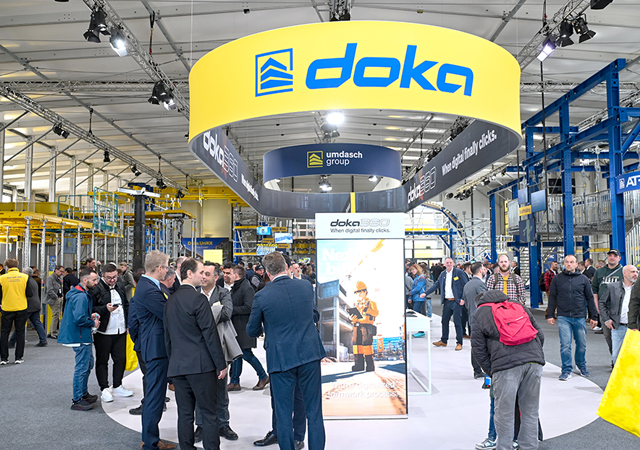
 The TWG-IV A ... grooves 8 to 24-inch steel pipes.
The TWG-IV A ... grooves 8 to 24-inch steel pipes.
SAUDI-based Security & Safety Corp (SSC) is promoting a relatively new pipe installation technique that promises substantial long-term cost savings, ease of installation, reduced manpower requirements and enhanced safety.
The technique can ease the installation of piping systems in any new project whether a hotel, palace or luxury resort.
To facilitate the use of the technology known as grooved joining in the region, the company has recently taken on the agencies for Tuwei (Taizhou Huangyan Tuwei Construction Equipment Manufacturing Company) of China, which produces machinery that enables users to produce grooves in pipes as well as for National of India, which offers the entire range of grooved fittings, mechanical couplings and related products.
The grooved joining technique entails the use of a pressure-responsive gasket that creates a tight seal; couplings that hold the grooved pipe together; and fasteners such as nuts and bolts that secure the couplings.
SSC has already brought in the machines from Tuwei and the fittings from India and is currently marketing them in the kingdom.
 |
Pipe-cutting machine ... from Tuwei. |
Tuwei manufactures a wide range of roll grooving, pipe-cutting and hole cutting machines. SSC offers roll grooving machines designed for grooving of the end of 1-inch to 4-inch steel pipes and 1-inch to 2-inch plastic-lining pipes as well as of 8-inch to 24-inch steel pipes with a maximum wall thickness of 13 mm. Pipe-cutting machines are available for steel pipes measuring 2 inches to 8 inches in diameter and 6 mm in thickness, while hole cutting tools are applicable for tapping of holes with diameters of up to 4.5 inches on steel pipes.
From National, SSC offers rigid, flexible and reducing couplings in a range of styles as well as standard grooved fittings and reducing tees. These grooved fittings and mechanical couplings conform to a wide range of international standards including ANSI (American National Standards Institution), AWWA (American Water Works Association C-606), API (American Petroleum Institute), Ashrae (American Society of Heating, Refrigeration and Air-conditioning Engineers), ASME (American Society of Mechanical Engineers), ASTM (American Society of Testing and Materials), BBA (British Board of Agreement), FM (Factory Mutual Engineering Corp), NFPA (National Fire Protection Association) and UL (Underwriters Laboratories).
Apart from providing the systems, SSC also offers training on site or within the client’s facility.
 |
The TWG-VI A ... grooves the end |
“Today, some 90 per cent of all fire-fighting installations in the region use conventional techniques including welding, flanging and threading for pipe fitting,” says Waleed Al Mansour, executive manager for the Dammam-based SSC. “We are looking at changing this soon as the grooved joining technique offers numerous advantages.”
Elaborating on the system that SSC provides, Mansour says: “The National grooved piping system is reliable and faster to install than welding, threading or flanging, resulting in the lowest installed cost. It can be adopted to suit standard pipe with cut grooves or standard and light wall pipe with rolled groves. Triple sealing of the C-shaped pressure-responsive gaskets is ensured by specially compounded rubbers with low compression set properties. The couplings perform equally well under pressure and vacuum. Couplings with tri-seal gaskets are highly suitable for higher vacuum service and are available for flexible and rigid systems.
“The ductile iron housings of the couplings conform to ASTM-A t36 Grade 65-45-12 and fully enclose the gasket. The housing keys engage into the grooves around the full pipe circumference securing the pipe ends together with a positive grip.”
The system is easy to install, he says, adding that all that is required is to raise the pipes by ropes or forklifts and attach them with rods and clips and close the coupling with two bolts. All this can be done on site, attaching the pipe sections piece by numbered piece.
The coupling assembly is quick and easy, requiring no special training. The system is free from contaminants such as weld slag and pipe dope and installation costs are controllable and estimates more precise, he says.
The system is reliable as the couplings engage the pipe around the entire circumference and restrain the pipe ends from separation due to pressure and other forces, up to the coupling’s maximum rated working pressure. It also allows for expansion and contraction forces, providing linear movement at each joint. This makes it suitable for both hot and cold water networks and dual temperature systems.
 |
The flexibility of the joint reduces or eliminates stresses from settlement of buried pipe or induced seismic tremors.
Couplings are also available to provide rigidity at valves, equipment or mechanical rooms.
“The grooved method makes precise location of pipe openings through walls and floors unnecessary. Also long radius curves may be designed with fewer elbows – a useful feature for providing pitch for drainage, facilitating laying of pipe on rough or uneven terrain,” he says.
As the system features a union-type joint, the couplings can be disassembled easily, permitting maintenance and servicing of the piping system. This also facilitates periodic rotation of pipe to distribute internal wear from slurries and other abrasive media.
The grooved joining technique also reduces noise and vibration as the slight gap between the pipe ends isolates noise and vibration. The resilient gasket also helps to absorb noise and vibration.
Mansour says the technology is competitively priced and reduces manpower requirements.
Having utilised the system for his own projects, Mansour asserts that the grooved joining technology has helped reduce installation time by 40 per cent and cut manpower requirements by 30 per cent. In addition, it enhances the safety of workers.
The cost factor – which was a primary obstacle in its gaining wider acceptance – has been addressed by modern technology and products. “Today, groove fittings are cheaper and groove machines have become affordable,” he points out.
Grooved joining can be used in any application where liquid needs to be transported, Mansour adds.
Some of the key application areas for grooving include the oil sector, where SSC has supplied up to 32-inch grooving, in fire-fighting systems (8-inch), chillers (20-inch) and irrigation networks.
As part of its aggressive marketing drive, SSC will be at the Gulf Industry Fair, which will be held in Bahrain next February, where the technique will be demonstrated and samples mounted at the stand. The company is also focusing on convincing consultants on the efficiency of the grooved joining method and the need to specify it for projects.
“We are focusing on training people and educating them on how grooved joining can be time-saving. It is not designed only for chillers; it is applicable in a diverse range of applications and it is not expensive. While the initial costs may be same or slightly higher, the system costs less when you consider the time consumed, manpower requirements and material consumption,” he points out.
Security & Safety Corp was established in 1991, as pioneer in the region in designing and installation of fire fighting and fire alarm systems for factories, high-rise buildings, hospitals, hotels, warehouses and shopping centres. “We were one of the first in the region to specialise in the field of evaluating the safety procedures according to the NFPA and local fire protection codes,” Mansour says.
SSC designs, imports and installs intruder alarm, access control, fire alarm, fire fighting and closed circuit television (CCTV) systems for several projects in the kingdom.
In addition to the groove fittings and grooving machines, SSC is an agent for Lifeco products (fire-alarm, fighting protection systems, including valves, sprinklers, pressure switches etc) and Texecom security systems and a distributor for many other security and safety products.


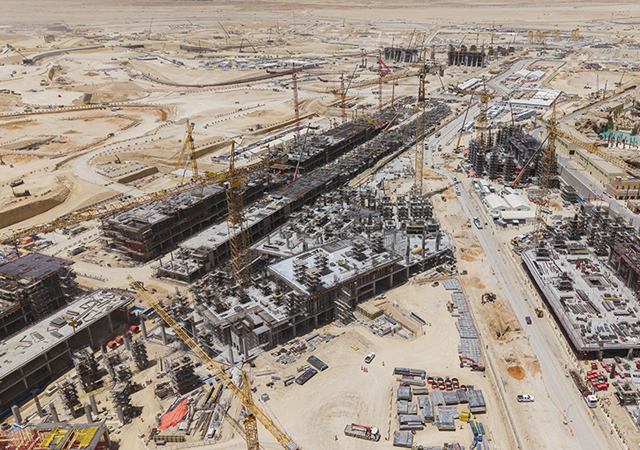
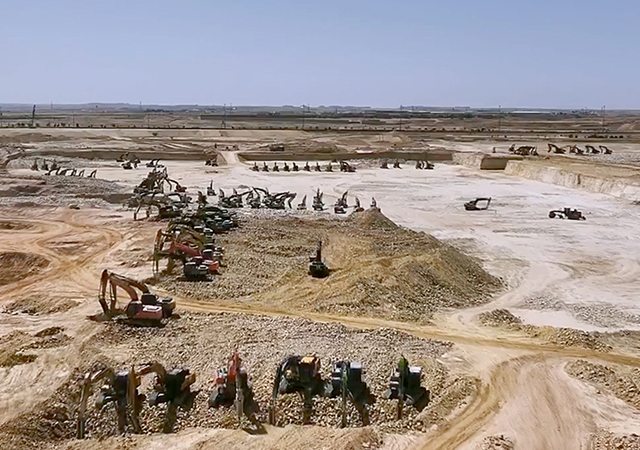
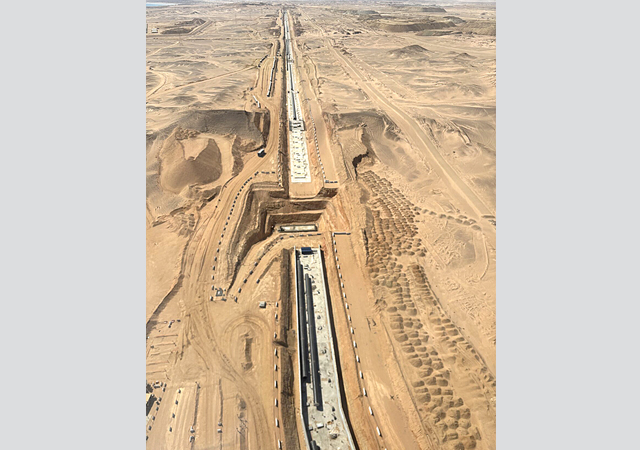





 BIG.jpg)
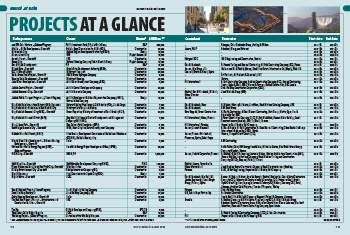
.jpg)


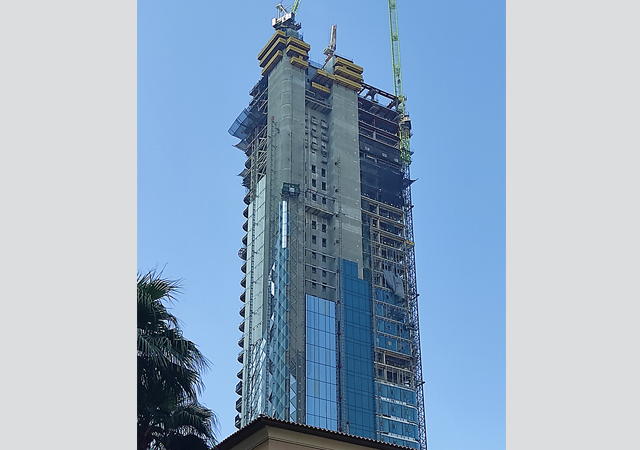
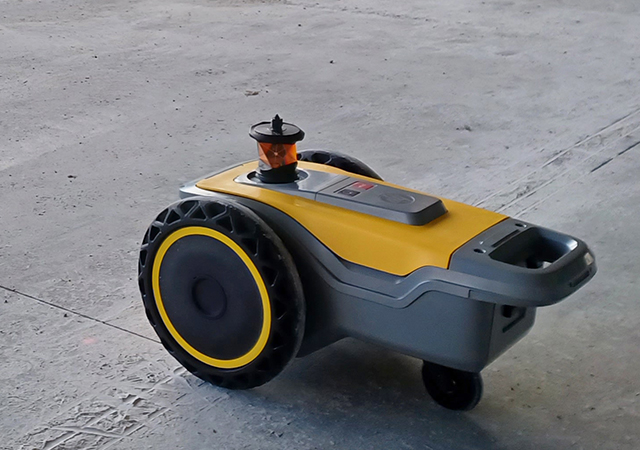

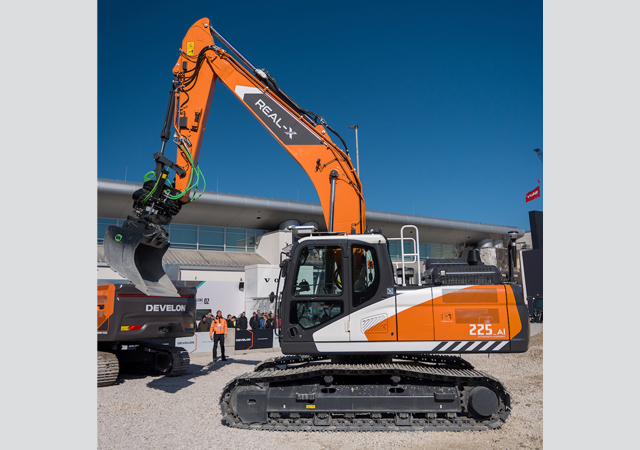


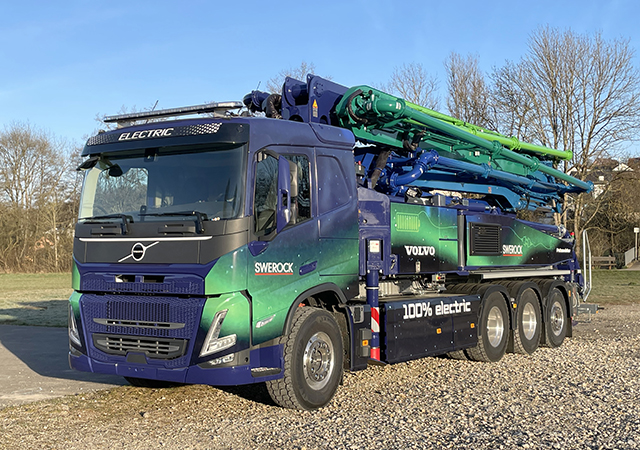

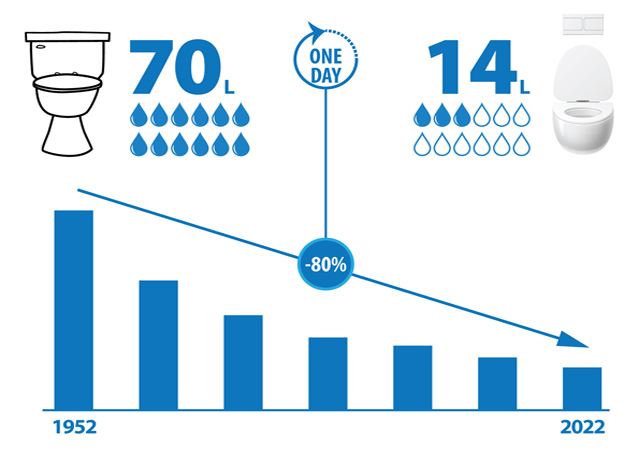

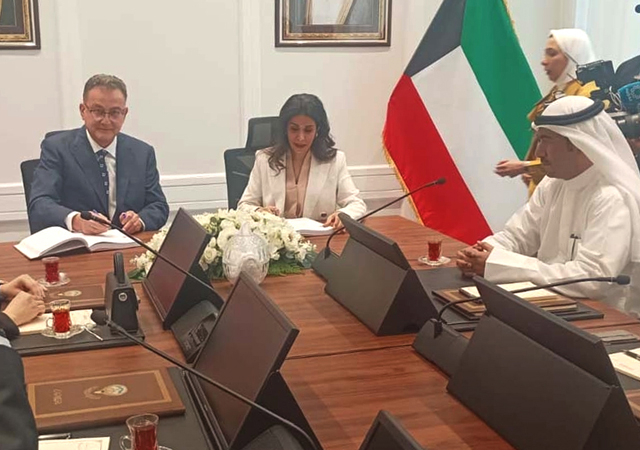





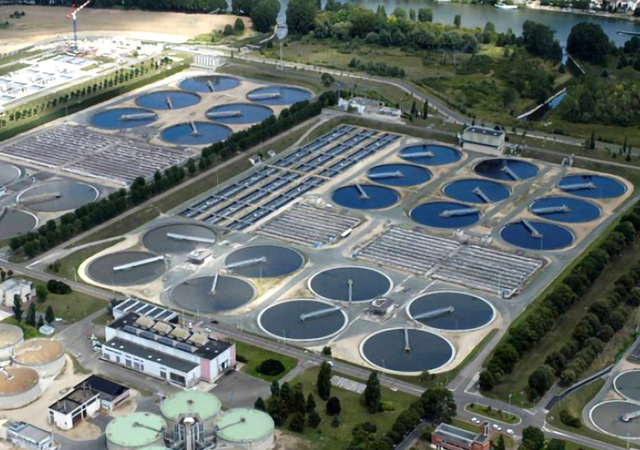


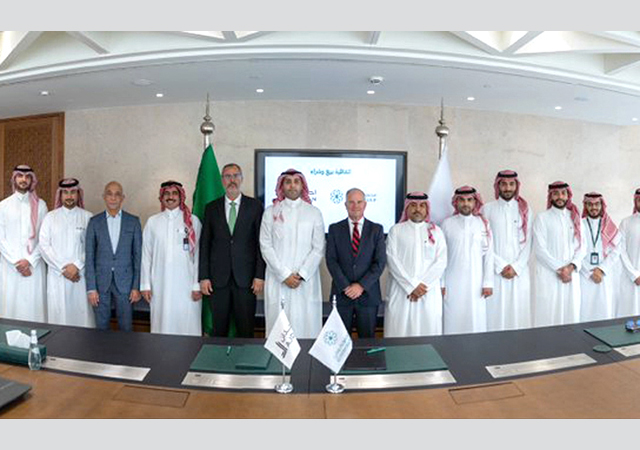
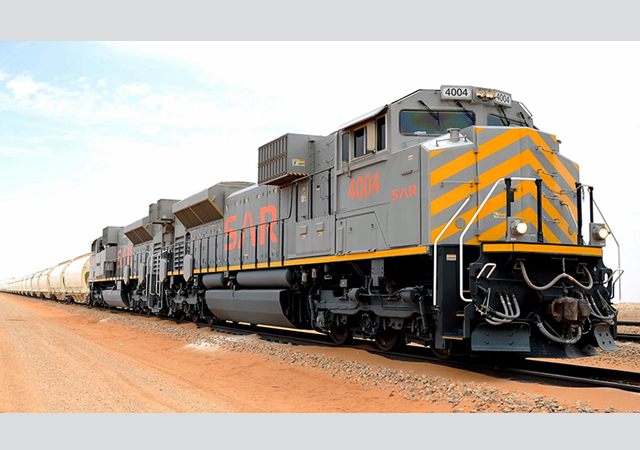
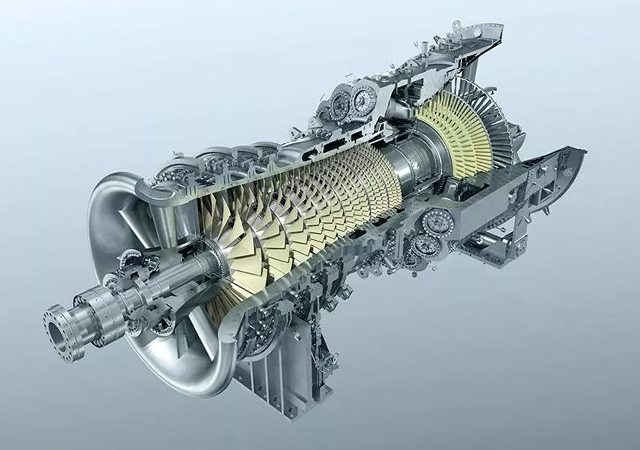

.jpg)








